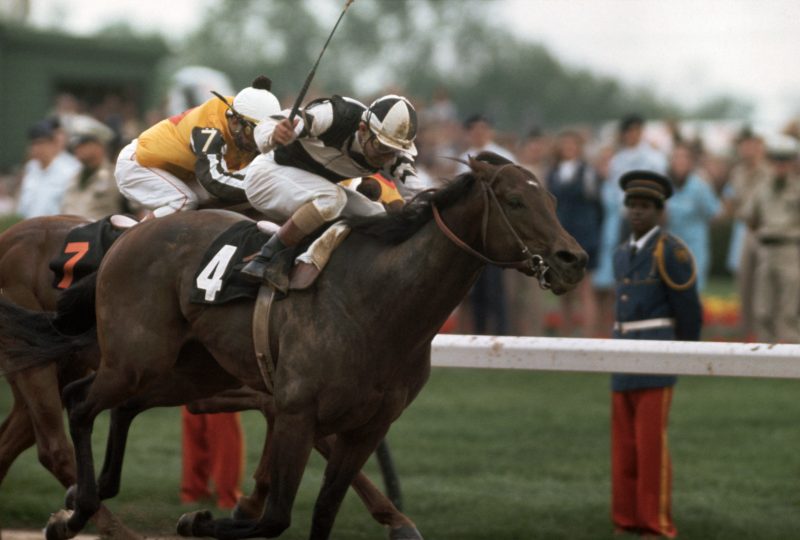Pretty much everyone over the age of fifty remembers 1973’s “Battle of the Sexes” showdown between tennis players Billie Jean King and Bobby Riggs. But two years later, another sporting event took place — this one pitting champion colt against champion filly — at New York’s famed Belmont Park.
A kind of equine battle of the sexes, if you will, between Kentucky Derby Winner Foolish Pleasure and “Super Filly” Ruffian. None of the spectators crowded into the stands and watching on TV, would know that the high-anticipated contest would end in heart-wrenching tragedy.
Ruffian, bred at Locust Hill Farm in Glyndon, Maryland, was born to race. Her bloodline could be traced back to Bold Ruler, sire of the great Secretariat, and Native Dancer, winner of 1953’s Preakness Stakes and Belmont Stakes.
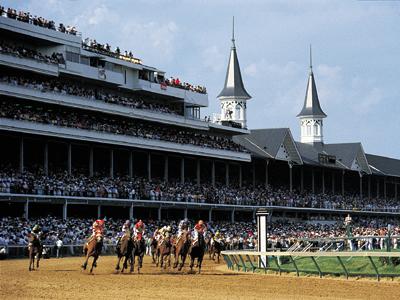
Not only did the nearly-black filly win every race she entered — leaving her competition in the dust and destroying track records along the way — she led at every point in each race she ran. Equally astonishing: Her jockey, Jacinto Vasquez, rarely needed to use his whip to spur his horse on. “Ruffian sets her own pace,” Vasquez said.
After seeing Ruffian lay waste to the fillies she ran against, racing fans were anxious to see the horse go against the top colts for the Triple Crown. Trainer Frank Whiteley Jr., preferring to take things slow, entered the three-year-old in the Filly Triple Crown races instead — all of which Ruffian won, handily.
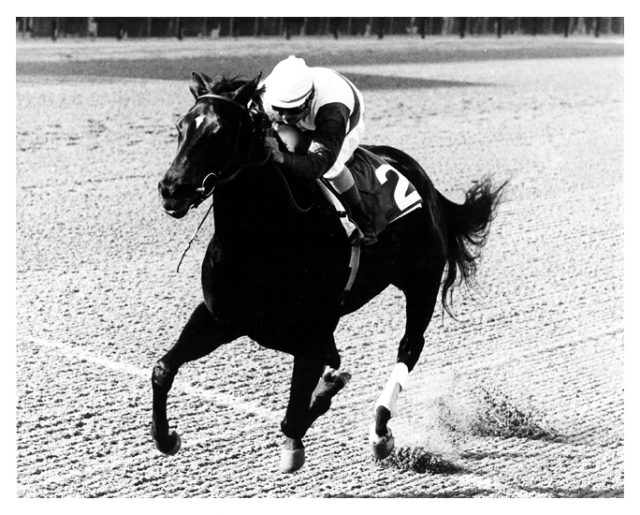
Whiteley planned to wait a while before testing Ruffian against the big boys. But after Secretariat’s Triple Crown victory two years earlier, viewership started to wan a bit, and horse racing needed a big event to generate interest. Racing officials had an idea: In 1975, a different horse had won each of the Triple Crown races. So why not have the undefeated filly take on all three in a special race?
Problem was, the owners of the Belmont Stakes winner, Avatar, wanted no part of the race, and a head-to-head battle between Ruffian and only two of three Triple Crown winners just didn’t have the same dynamic.
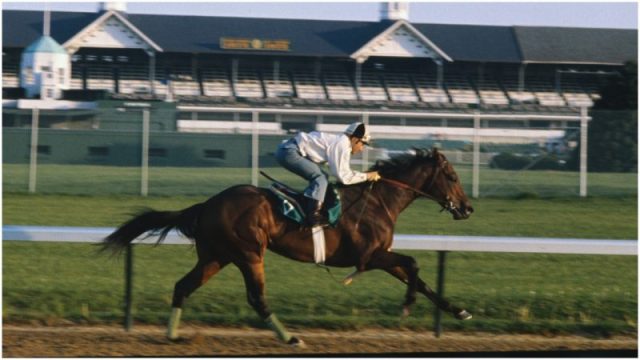
Not to be deterred, organizers hatched another plan: a match race between Ruffian, winner of the Filly Triple Crown, and Foolish Pleasure, that year’s Kentucky Derby winner. Only one last detail had to be ironed out. Coincidentally, both horses had the same jockey, Jacinto Vasquez, who had to decide which champion to ride in the showdown. Vasquez chose Ruffian, simply because he believed her to be the better horse.
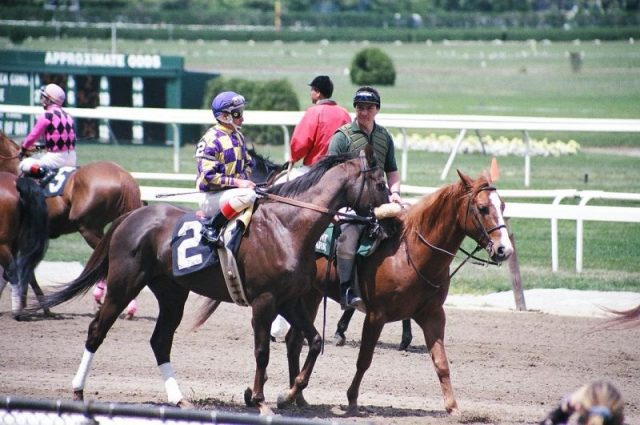
On July 6, 1975, Ruffian and Foolish Pleasure stormed out of the starting gate, in front of a crowd of more than 50,000 at Belmont Park and a television audience of 20 million. The filly took an early lead, but just before the half-mile mark, there was a loud, sickening crack. Ruffian lowered her head and started swerving. Almost instantly, Vasquez, as well as the horrified spectators, realized that she was hurt.
Woman Becomes Millionaire from $18 Kentucky Derby Bet
The jockey tried mightily to stop his horse, but Ruffian continued running, determined to finish the race — in the process, tearing ligaments in her right front leg, causing her hoof to flop around helplessly. While Foolish Pleasure dashed to the finish line, Vasquez finally managed to slow Ruffian down. Leaping from his saddle, he supported her massive body as best he could until help arrived, the frightened horse turning in tight circles around him.
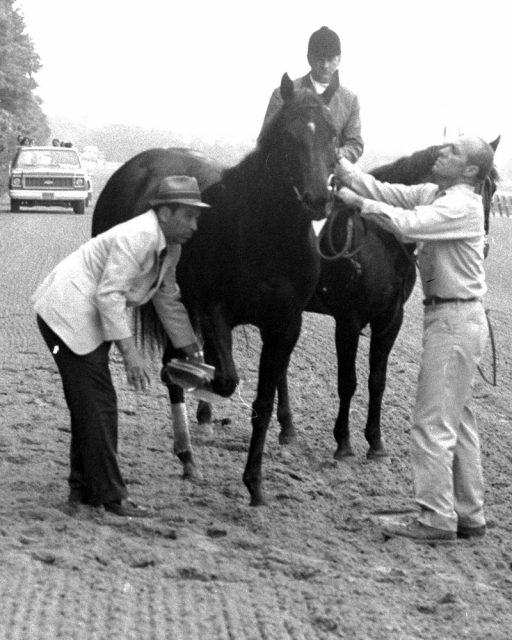
After being loaded into an ambulance, Ruffian was driven to a nearby equine hospital. There, she underwent a three-hour surgery to repair the broken sesamoid bones in her right foreleg. When the anesthesia wore off, however, the disoriented horse began thrashing about on the floor of the recovery stall — paddling her legs as if still running the race. In the process, she smashed the heavy plaster cast against her other elbow until it too was shattered.
What’s more, the cast became dislodged, ripping open her right foreleg again. Realizing that Ruffian would never be able to withstand additional surgery, nor the long recovery that was required to fully heal, her medical team had no choice but to euthanize her.
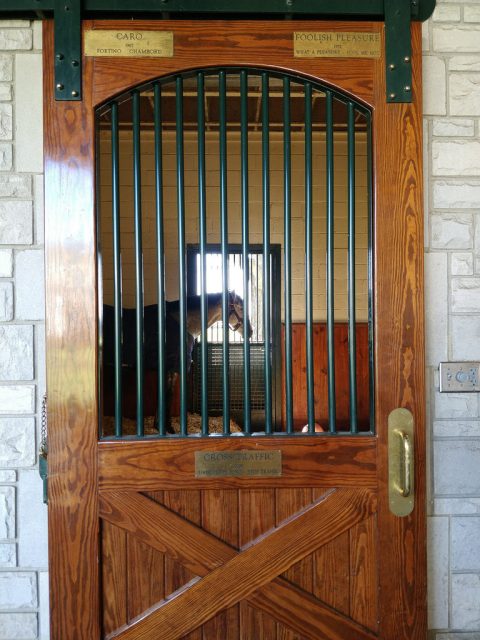
Almost instantly, the honors and tributes started pouring in. Ruffian posthumously won the 1975 Eclipse Award for Outstanding Three-Year-Old Filly. In 1976, she was inducted into the National Museum of Racing and Hall of Fame. What’s more, since 1976, the Ruffian Handicap (now known as the Ruffian Stakes), for horses three-years-old and up, is run in her honor.

Ruffian’s death led to calls for better, more humane treatment of racehorses, and, indeed, her death would result in improvements in equine medicine, including surgical techniques and rehabilitation. One example: the invention of the “recovery pool.”
Read another story from us: Were Camels Native to North America? The Evidence Says Yes
Since horses thrash around when coming out of anesthesia, suspending their huge frames in warm water prevents them from re-injuring themselves. The $18 million Ruffian Equine Medical Center (now known as Cornell Ruffian Equine Specialists) opened in 2009, near Belmont Park, offering cutting-edge care.
The great filly herself was laid to rest near a flagpole in the infield of Belmont Park — her nose, fittingly, pointed toward the finish line.
Barbara Stepko is a New Jersey-based freelance editor and writer who has contributed to AARP magazine and the Wall Street Journal.
